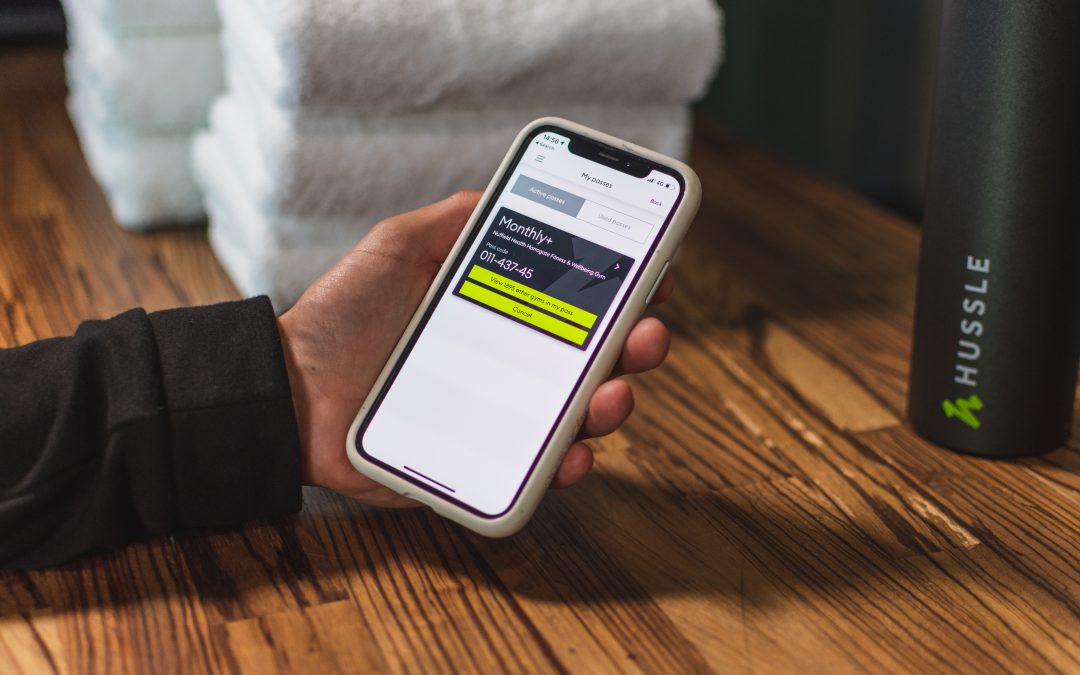Fixing the problem means rethinking what we mean by fitness, and offering services that appeal to older exercisers. Tools like EGYM’s BioAge are helping operators look at different wellness markers to highlight functional health and independence.
Older adults need physical activity. How can gyms change their offers, messaging, and customer experience to make gym membership appeal to this demographic?
How can gym training support daily lifestyle function for older adults?
Functional fitness might be a trend, but it takes on new meaning as people age. While younger gym members might train for performance or events, older exercisers largely want fitness that supports independence and quality of life.
Gym training and PT can develop strength and mobility for daily tasks. We’re not just talking about getting up from chairs or carrying shopping. Lots of older people are still working (the UK workforce is ageing at a rapid rate) or want an active retirement.
“Having a fall” might sound like scaremongering, but falls, fractures, and slow recovery from such injuries are a real risk for older people. Balance and coordination training reduces the risk, strength training speeds up recovery, and regular activity keeps social connections alive. All of these factors can keep someone younger than their years.
Cardiovascular fitness promotes heart health and helps guard against heart attack, heart disease, stroke, and diabetes. And good cardio fitness supports energy levels for work, social activities, and family time. Flexibility and mobility work addresses stiffness that can make simple tasks difficult.
Gym owners who have EGYM BioAge in their facility can offer members an objective measurement of functional improvements. Instead of focusing on weight lifted or calories burned, it shows how exercise is making someone biologically younger – and that’s a powerful motivator.
How to make your gym inclusive to older demographics
The stats show that gym operators are missing out by not targeting older members. According to Sport England Data, just 12% of people over 65 have gym memberships (compared to 25% of 35-44 year olds). But the older demographic tend to have more time flexibility, more disposable income, and more awareness about health issues.
From an operational point of view, these members can also fill gaps in your timetable – doing classes in the middle of the day, attending open gym slots, or taking up off-peak memberships.
- Environmental considerations for older exercisers – they might prefer well-lit facilities, easy parking, accessible changing rooms, and comfortable temperatures.
- Simple modifications to consider – depending on the age group, you may need to consider grab rails, non-slip flooring, and clearer signage.
- Equipment accessibility – machines with easy entry/exit, adjustable seats, and easy access to free weights and functional equipment.
- Comms and marketing – if you do all of your messaging via WhatsApp, social media, or an app, consider emails, posters, or in-person chats.
- Staff training – make sure your staff are up-to-date and confident in age-related considerations.
- Class scheduling – include daytime options (especially in winter months) when many older exercisers prefer to train.
How to position yourself as an age-inclusive gym facility
Most gym owners are proud to be welcoming and inclusive to all. But put yourself in the shoes of an older person (especially one who’s exercising for the first time). Have you made every touchpoint – from marketing to joining, first session to booking – as accessible as possible?
- Focus on function over aesthetics in your messaging. Talk about staying independent, maintaining energy, maintaining bone and muscle tissue, and supporting active lifestyles.
- Better still, ask older members what’s important to them and adjust your messaging accordingly. Bonus points go to any gym owner who employs older people on staff.
- If you’re refurbishing or upgrading kit, consider data-rich tools like EGYM BioAge which will demonstrate how exercise makes people biologically younger, improves metabolic health, and supports cardiovascular function.
- Celebrate your older members just as much as your younger ones. Showcase success stories of older adults achieving goals, include them on your socials, and host gym events that include everyone.
- Partner with local healthcare providers to position your gym as part of health awareness not just leisure (even better if you can be part of a referral pathway).
5 ways to make gym membership appealing to older exercisers
- Age-appropriate assessments and goal setting: Use tools like EGYM BioAge to give members baseline measurements about functional health rather than physique or fitness metrics.
- Induction and ongoing support: Older adults may need more time to feel comfortable with gym equipment and routines (not to mention your programming or booking app).
- Flexible membership options: Consider daytime-only memberships, off-peak rates, or trial periods that help establish a gym habit without pressure.
- Address safety concerns: Provide clear safety information, emergency procedures, and staff training, and make sure members have these in their preferred format.
- Opportunities for social connection: Social connection is a huge motivator for gym membership, especially in older people. Make sure your formal and informal social opportunities are inclusive.
How gyms can attract more older members
The older adult market represents a big opportunity for gym operators, but most will need to adapt their approach to marketing, messaging, gym layout, and programming. It’s worthwhile work – the UK population is going to continue to age, with more of those older people staying active and independent for longer.
Ready to explore how Hussle’s network can help connect you with corporate clients who are looking for age-inclusive wellness benefits? Contact us to learn about our B2B partnerships.



